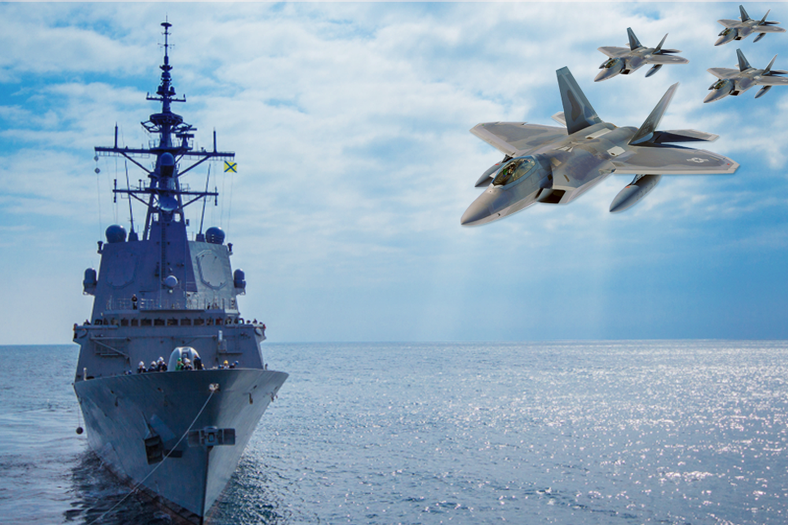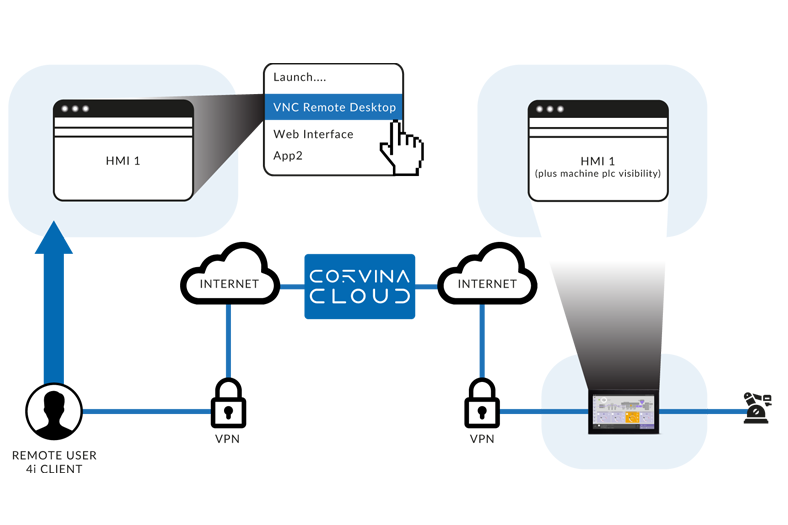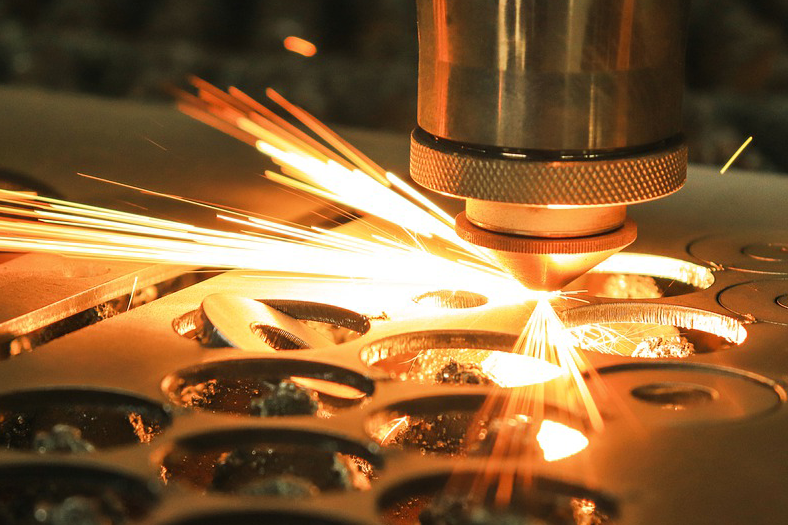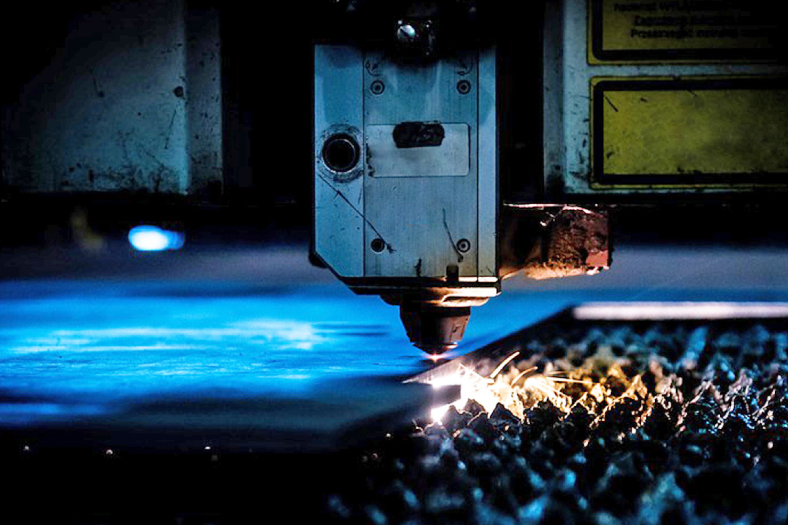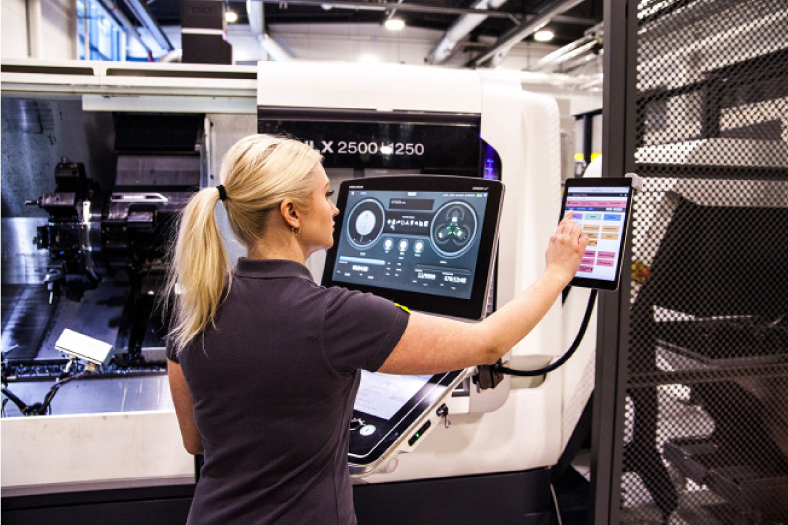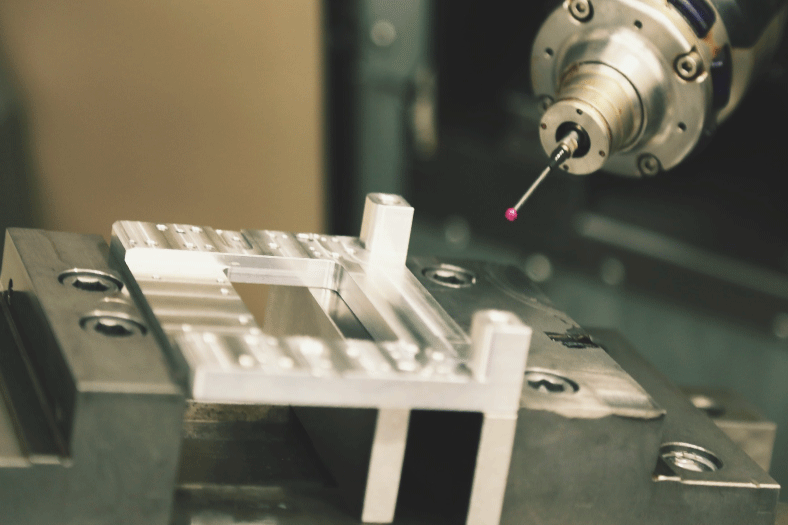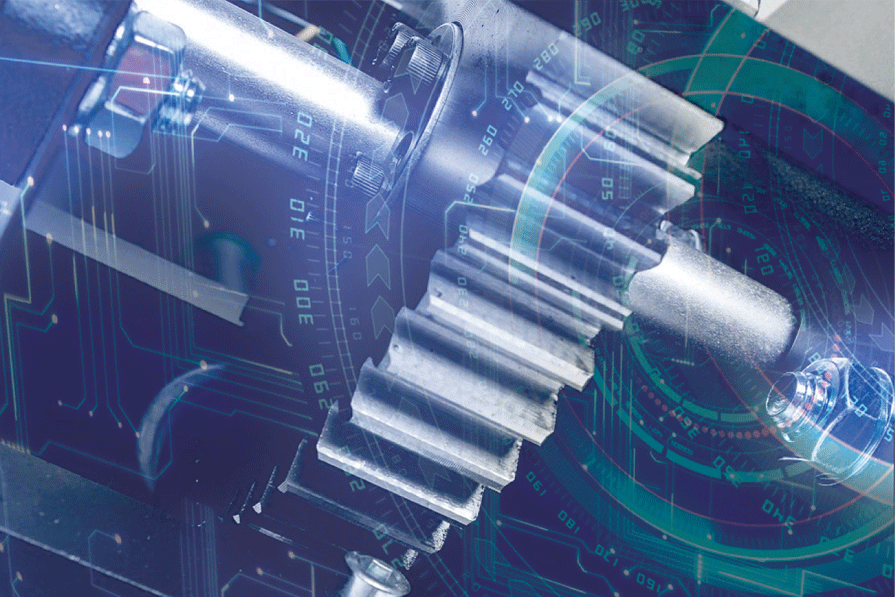Automation leading & defending India to be a global force
By OEM Update Editorial September 12, 2019 4:14 pm
Indian defence sector have acquired one of the top positions in the world. By going a few steps ahead and modernising design, technology, production and manufacturing aspect, Indian defence sector will takae the prime position; the industry is definitely sure of that.
Indian defence industry certainly needs to be modernised very expeditiously specially to fight the security threat. However, the idea of modernisation has been on the cards for quite some time in all three aspects; army, navy and air force.
Indian defence sector needs to be modernised expeditiously
There are three various levels of planning that requires long term, mid-term and short-term perspective planning. This includes the procurement of high capacity equipments, arms and ammunitions on an urgent basis. The planning involves both, indigenisation delivered items and the global items, and this makes the expeditiousness more relevant following the inherent delays in indigenising the products.
Sharadhi Babu, Chief Executive Officer, AXISCADES says, “Sometimes, it is triggered by the policies, confusing or unclear clauses of the policies like the DTC policy 2005-06, that went through several amendments. Similarly, we have a defence policy which is reliable and robust and we have been able to make procurements.” So, any changes in the policy requires time to acquire desired results. The indigenous products on which we are depending on like defence R&D labs, defence prototyping, defence PSU for production and integration, defence resource also has multiple delays.
In the last 10 years, the industry has been attaining considerable and commendable speed, but the procurement is certainly progressing well and the integration need is progressing equally. “I am expecting an additional pace in the upcoming months, as it a good blend of both internal and global production, “adds Babu.
The entire defence industry, including the defence PSU, DRDO, large industries under the public and private sectors will play key role in implementing these high-end equipments, including aircrafts, tanks, missiles, ships among others. This implies for indigenous and global procurements. Even when in global procurements, earlier, the indigenisation was entirely based on defence PSUs, whereas now, it has been widely expanded and accepted in the large and medium enterprise industries.
T K Ramesh, MD and CEO, Micromatic Machine Tools says, “The defence sector should be thoroughly modernised, even to take care of basic productivity itself, investments made and also from the technology point of view.” The guns, aircrafts or radar systems are technologically decades old. However, the new government is now willing to privatise and bring new technologies into the defence sector. Ramesh adds, “I don’t want to use word privatisation or corporatise; but there should be a methodology in researching for appropriate technology, not just for importing them, but also upgrading the existing available technologies. The emphasis so far has only been on productionising. We need to have more emphasis on testing, training and R&D; whatever suits our needs. So, modernising design, technology, production and manufacturing all these four are thoroughly relevant.”
India branded as the ‘defence exporter’?
We have come across a long way, and have delivered various technologies and equipment. But, looking at the current threat, Babu says, “I think that wouldn’t be sufficient at all, we have to fasten the overall work and processes. However, we have lot of global dependencies for building the technologies, including the clearance hurdles. It’s highly required for us to combine them with global procurement wherever required.”
Earlier, we used to buy equipments, now we need to buy them in terms of upgradation of available inbuilt technology. In this mode, we have come across several programs having strong insistence on transfer of technology, initiated for both defence PSU’s and the Indian private organisations. Modernisation of defence products is not just about purchasing; it also has to be timely upgraded with latest technologies. Upgradation was one of the crucial requirements in all our recent and latest projects, upgradation includes the resetting of submarines, hull of naval and defence ships. Following these advancements, India has now a very critical role amidst the global defence players.
Enhancing the role of SMEs in Indian defence sectorRamesh strongly believe that SMEs should be playing a huge role, as they have the capability to quickly upgrade and play that role. In this direction, there are two facilitators that need to play a big role – the government then larger industries. These people should play major roles in facilitating the SMEs involvement in the defence sector.” However, the problem for the MSMEs is the investment, cash flow and technological support in terms of design and research. That’s why, if the bigger companies and some government agency look at a bigger role in development design and testing, the actual component manufacture can be outsourced and done by the SMEs. These skills are still available with the MSMEs. They don’t have the ability to invest and make these policies more user friendly and more transparent, so here the government and the large industries should play a key role.
Government is trying to introduce more user friendly policies, with more virtualisation and more transparency. Right now, the MSMEs are largely used only in defence sector, that too at the low end, and the support being provided for them including the systems. Also, there is a lack of transparency in the sector. However, when it comes to automation, because of the privatisation, accountability, project expenditure, cost of manufacture, customer price, customer interest we can see a lot of changes in models and new varieties. All of these are not really happening in the defence sector. Ramesh says, “The very basic requirement is re-skilling people, design capabilities and technology. All the three things require huge investment. Moreover, from the productivity perspective, India is known more for white collar rather than blue collar productivity. “
The white collar productivity in defence is very inadequate, because our own testing, research and development comfort with defence equipment is still very low. Most importantly, most of our maintenance experience is for the imports. However, the scenario is changing now, but the pace is too slow.
There is a lot of offset emphasis from global OEMs to procure certain amount of manufacturing and production content from Indian companies and push the concept of local manufacturing.
Sharadhi Babu, Chief Executive Officer, AXISCADES
There should be a methodology in researching for appropriate technology, not just for importing them, but also upgrading the existing available technologies.
T K Ramesh, MD and CEO, Micromatic Machine Tools
Cookie Consent
We use cookies to personalize your experience. By continuing to visit this website you agree to our Terms & Conditions, Privacy Policy and Cookie Policy.



